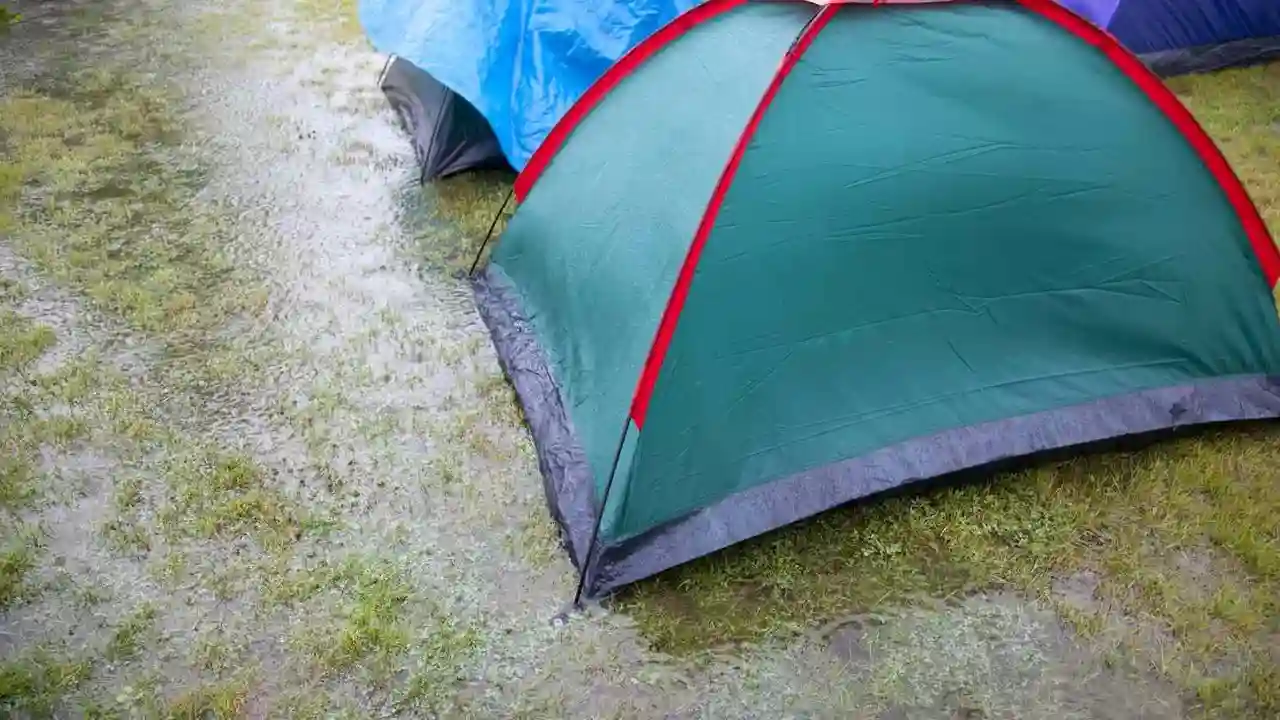06 Jun 2024

Tarpaulins are versatile and durable covers used to protect items from weather damage or provide temporary shelter. Properly installing and securing tarpaulins is essential to ensure they stay in place and effectively shield your belongings. In this guide, we will explore the steps to correctly install and secure tarpaulins to safeguard your belongings from rain, wind, and other elements. Whether you're covering a vehicle, equipment, or creating a makeshift shelter, knowing how to install and secure tarpaulins properly can make all the difference. • Select Quality Tarpaulin Sheets: Choose durable tarpaulins from reputable manufacturers or suppliers in the UAE to ensure effective protection. • Prepare the Area: Clear debris from the installation site for smooth tarpaulin placement. • Position the Tarpaulin: Lay the tarpaulin sheet over the area, ensuring complete coverage. • Secure with Ropes or Bungee Cords: Use ropes or bungee cords to tightly secure the tarpaulin in place. • Utilize Tarp Clips: Tarp clips can also be used to secure the edges of the tarpaulin. • Regular Maintenance: Periodically check for wear and tear, repairing or replacing as needed to maintain effectiveness. • Proper Storage: Store tarpaulins in a dry area when not in use to prevent damage. • Choose Reliable Manufacturers and Suppliers: Opt for trusted tarpaulin manufacturers and suppliers in the UAE for quality products. • Ensure Complete Coverage: Confirm that the tarpaulin fully covers the intended area to maximize protection. • Tie Down Securely: Ensure all ties are secure to prevent shifting in windy conditions. • Inspect for Gaps: Regularly inspect for gaps or loose areas that may compromise protection. In conclusion, properly installing and securing tarpaulins is essential for protecting your belongings from harsh weather conditions. By choosing quality tarpaulins from reputable Tarpaulin Manufacturers and Tarpaulin Suppliers in UAE, you ensure durability and effectiveness. Secure anchoring, using strong tie-down points, and employing additional reinforcements like bungee cords or tarp clips are crucial for keeping the tarpaulin in place during windy conditions. Regular inspections and prompt repairs help maintain the tarpaulin's effectiveness over time. Whether for residential or commercial use, investing in high-quality tarpaulin sheets and following proper installation techniques is key to ensuring reliable protection. read more: "Choosing the Right Tarpaulin Material for Your Needs".Step-by-step guide onTarpaulin Installation
Tips for SecuringTarpaulins Effectively
Conclusion